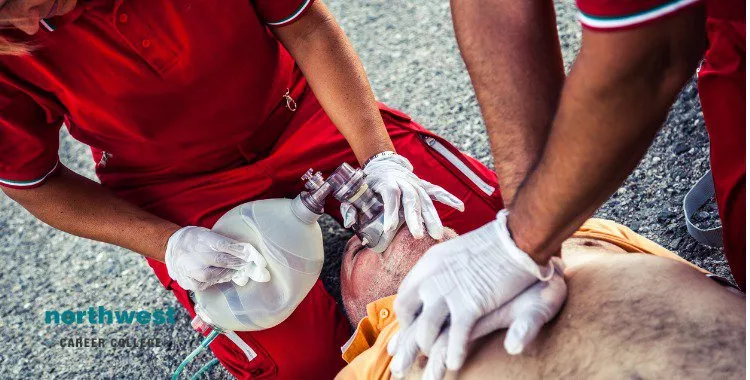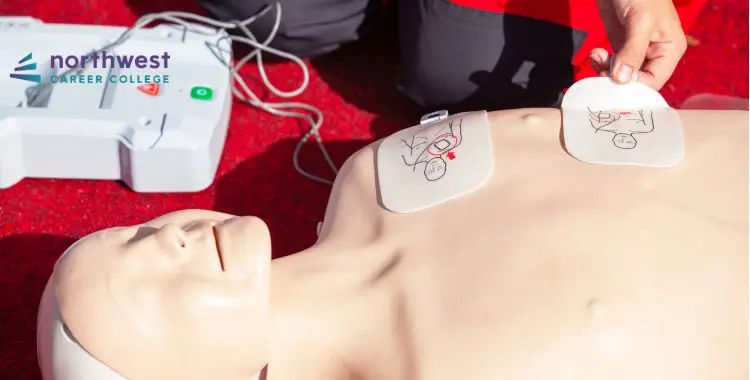What Are the 5 Critical Components of CPR?
- CPR
- February 25, 2025
- 4.3k views
- 3 min read

A recently published study the American Heart Association (AHA) has codified the five critical components of high-quality CPR and how victims often do not receive high-quality CPR because of provider ambiguity in prioritization of resuscitative efforts during a cardiac arrest.
In this article, we’ll be looking at exactly what those five critical components are and how their correct application could help reduce the 135 million cardiovascular deaths worldwide each year.
Read More: What are the 7 steps of CPR in order?
Table of Contents
What Are the 5 Critical Components of CPR?
Minimize Interruptions
According to the AHA study, for adequate tissue oxygenation, it is essential that healthcare providers minimize interruptions in chest compressions and therefore maximize the amount of time chest compressions generate blood flow.
Some of the ways suggested maximizing the amount of time that a victim is receiving chest compressions include training CPR volunteers to react as fast as possible, reducing the so-called ‘preshock pause’, and the use of “Team-Level Logistics” where multiple individuals trade-off performing compression to prevent fatigue.
Chest Compression Rate
Most CPR trained individuals are aware of the AHA suggested chest compression rate of around 100 to 120 compressions per minute and consistent rates above or below that range appear to reduce survival to discharge.
However, multiple studies have shown that a single person performing CPR is often unable to maintain a consistently high level of compressions per minute until the emergency services arrive.
This is because most people underestimate the physical strain that performing CPR over an extended period of time represents, highlighting the importance of group CPR, where compressions can be performed by multiple people in sequence to prevent exhaustion.
Chest Compression Depth
Research during the indicated that, because chest compressions generate critical blood flow and oxygen and energy delivery to the heart and brain, it is important to compress to a minimum depth of at least 2 inches (50 mm).

Unfortunately, the preponderance of literature suggests that rescuers often do not compress the chest deeply enough despite recommendations, often through fear of injuring the victim.
No Residual Leaning
Connected to chest compression depth, full chest recoil is critical to maintaining proper blood flow to the brain. However, studies show that a majority of rescuers often lean during CPR and do not allow the chest to recoil fully, reducing the effectiveness of the compressions.
Avoiding Excessive Ventilation
The AHA study indicated that, while oxygen delivery is essential during CPR, it is possible to provide too many resuscitation breaths. This is because the metabolic demands for oxygen are substantially reduced in a patient in arrest and animal studies have yielded mixed results regarding harm with high ventilation rates.
Studies in animals and humans suggest that compressions without ventilation may be adequate early in nonasphyxial arrests.
Learn To Save Lives
Here at our trade school, we are committed to providing affordable, quality CPR Classes to the Las Vegas community. We pride ourselves on being an American Heart Association (AHA) testing center and we offer Las Vegas CPR classes designed to fit your personal needs and professional schedule. As part of our “student-focussed” approach to education we also off our CPR classes free of charge to all of our students. Call us today on (702) 403-1592 to book your CPR class and become qualified to save a life in just four hours!



